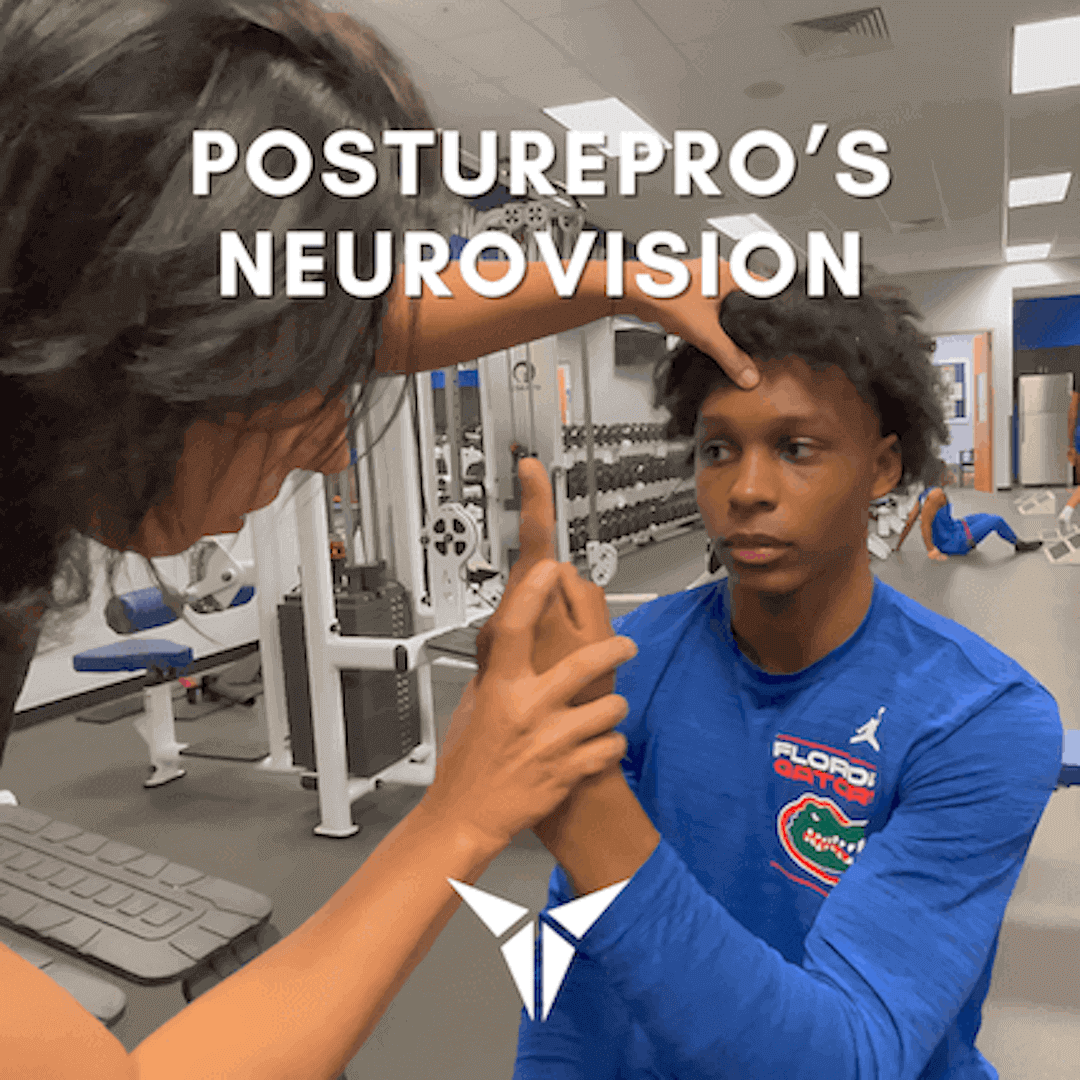Table of Contents
Introduction
Are you experiencing eye strain from long hours at the computer? Do you want to naturally improve your vision and strengthen your eye muscles? These 8 simple eye training exercises can be done at home without any special equipment. Whether you're dealing with digital eye strain or want to maintain healthy vision, these proven exercises will help improve your eye coordination, reduce fatigue, and enhance your overall visual performance.
Eye exercises work by strengthening the muscles that control eye movement and improving the connection between your eyes and brain. Regular practice can lead to better focus, reduced eye strain, and improved visual tracking abilities.
The Science Behind Eye Training
Eye movements play a crucial role in our brain's neural pathways. These movements can influence the dopaminergic system, which regulates dopamine levels in the brain. Dopamine is a neurotransmitter that affects reward, motivation, and alertness. Understanding this connection helps explain why proper eye training can benefit both your vision and cognitive function.
For those dealing with specific vision issues like convergence insufficiency, check out our course on simple eye exercises to fix lazy eye for targeted solutions.
8 Effective Eye Training Exercises
1. Palming Technique

The palming technique is excellent for relaxing your eyes and reducing stress. This exercise helps relieve eye fatigue and promotes relaxation.
How to do it:
- Sit comfortably and rub your palms together to create warmth
- Close your eyes and gently place your palms over them without applying pressure
- Imagine complete darkness and take deep breaths
- Hold this position for 2-3 minutes
2. Focus Change Exercise

Focus change is a simple yet effective exercise that improves your focusing ability and eye coordination.
How to do it:
- Hold your thumb about 10 inches away from your face and focus on it
- Slowly move your thumb away while maintaining focus
- Shift your focus to an object about 15 feet away
- Alternate between focusing on your thumb and the distant object for 1-2 minutes
3. Figure Eight Exercise

The figure eight exercise enhances your eye flexibility and control, improving your eye tracking ability and coordination.
How to do it:
- Imagine a large figure eight about 10 feet in front of you
- Trace the shape with your eyes slowly and steadily
- After one minute, switch directions
- Continue for 2-3 minutes total
4. Near and Far Focus

This beneficial exercise strengthens your eye muscles and improves your ability to shift focus quickly and efficiently.
How to do it:
- Sit comfortably and hold your thumb about 10 inches from your face
- Focus on your thumb for a few seconds
- Shift your focus to an object 10-20 feet away
- Alternate between your thumb and the distant object for several repetitions
- Continue for 2-3 minutes
5. Eye Rolling Exercise

Eye rolling is a straightforward exercise that helps relax your eye muscles and improve blood circulation.
How to do it:
- Sit comfortably and close your eyes
- Slowly roll your eyes in a circular motion, first clockwise
- Then roll counterclockwise
- Perform this exercise for about one minute
6. Blinking Exercise
Blinking helps reduce dryness and strain, keeping your eyes comfortable and hydrated, especially during digital device use.
How to do it:
- Set a timer for two minutes
- Blink every four seconds deliberately
- Make each blink slow and complete
- This exercise helps combat digital eye strain
7. Pencil Push-Ups

Pencil push-ups are excellent for improving your eye convergence and strengthening eye muscles for close-up focus.
How to do it:
- Hold a pencil at arm's length and focus on its tip
- Slowly bring the pencil towards your nose while maintaining focus
- Once you see a double image, move the pencil back to starting position
- Repeat this exercise 10 times
8. Zooming Exercise

The zooming exercise helps improve your focus and eye coordination at varying distances.
How to do it:
- Hold your thumb at arm's length and focus on it
- Slowly bring your thumb closer to your face while keeping focus
- Stop when your thumb is about three inches from your nose
- Move it back to arm's length
- Repeat for 1-2 minutes
Additional Tips for Better Results
Combine with Posture Correction
You cannot fully correct posture without aligning both the visual and feet. That's why real, lasting change starts by recalibrating the eyes and restoring foot function. Address one without the other, and the compensation patterns return.
This is exactly why the Fix My Posture Bundle exists to recalibrate spatial mapping and anchor the body's foundation. The results are immediate, and the changes are long term.
Advanced Training Options
For those interested in more sophisticated eye training, our NeuroVision course offers eye movement techniques that rewire brain-posture control.
Understanding Eye Movement and Brain Function
Eye exercises don't just strengthen your visual system they also support cognitive function. The connection between eye movements and brain activity is particularly evident in vertical eye movements, which can influence dopamine pathways. This fascinating connection shows how proper eye training can benefit both vision and overall neurological health.
When to Expect Results

Most people notice results almost immediately because the right visual input instantly recalibrates how the brain organizes posture, focus, and movement. When the eyes send clear, accurate signals, the nervous system responds in real time. You feel it in your posture, your mood, and even how grounded you are. That's the power of targeting the root, not the symptom.
Conclusion
Frequently Asked Questions
Q: How often should I do these exercises?
Aim for 1 to 3 minutes daily, preferably in the morning. You can also do shorter sessions throughout the day.
Q: Can vertical eye exercises improve my vision?
While eye exercises don't change the anatomical aspects of the eye responsible for refractive errors, they can improve the strength and coordination of your eye muscles, leading to better control over eye movements and reduced strain.
Q: Can eye exercises help with eye strain from computer use?
Yes, regular practice of eye exercises can help alleviate eye strain caused by prolonged computer use. They help improve eye muscle coordination and reduce fatigue.
Q: Can children do these exercises?
Yes, these exercises are safe for children and can be particularly beneficial for developing proper eye coordination.
Conclusion
Regular eye training exercises are a simple, effective way to improve your vision naturally. By incorporating these 8 exercises into your daily routine, you can reduce eye strain, strengthen your eye muscles, and enhance your overall visual performance.
Remember that vision problems can sometimes indicate underlying posture issues. For comprehensive solutions that address both visual and postural concerns, explore our complete range of therapeutic products and training programs.
Start with just 5-10 minutes daily and gradually increase as these exercises become part of your routine. Your eyes will thank you for the investment in their health and performance.
Next up: Looking for more ways to improve your posture? Check out these related guides:
References:
- Hikosaka, O., & Wurtz, R. H. (1985). Modification of saccadic eye movements by GABA-related substances. Journal of Neurophysiology, 53(2), 266-291. doi:10.1152/jn.1985.53.2.266.
- Schultz, W. (1998). Predictive reward signal of dopamine neurons. Journal of Neurophysiology, 80(1), 1-27. doi:10.1152/jn.1998.80.1.1.
- Leigh, R. J., & Kennard, C. (2004). Using saccades as a research tool in the clinical neurosciences. Brain, 127(3), 460-477. doi:10.1093/brain/awh035.




